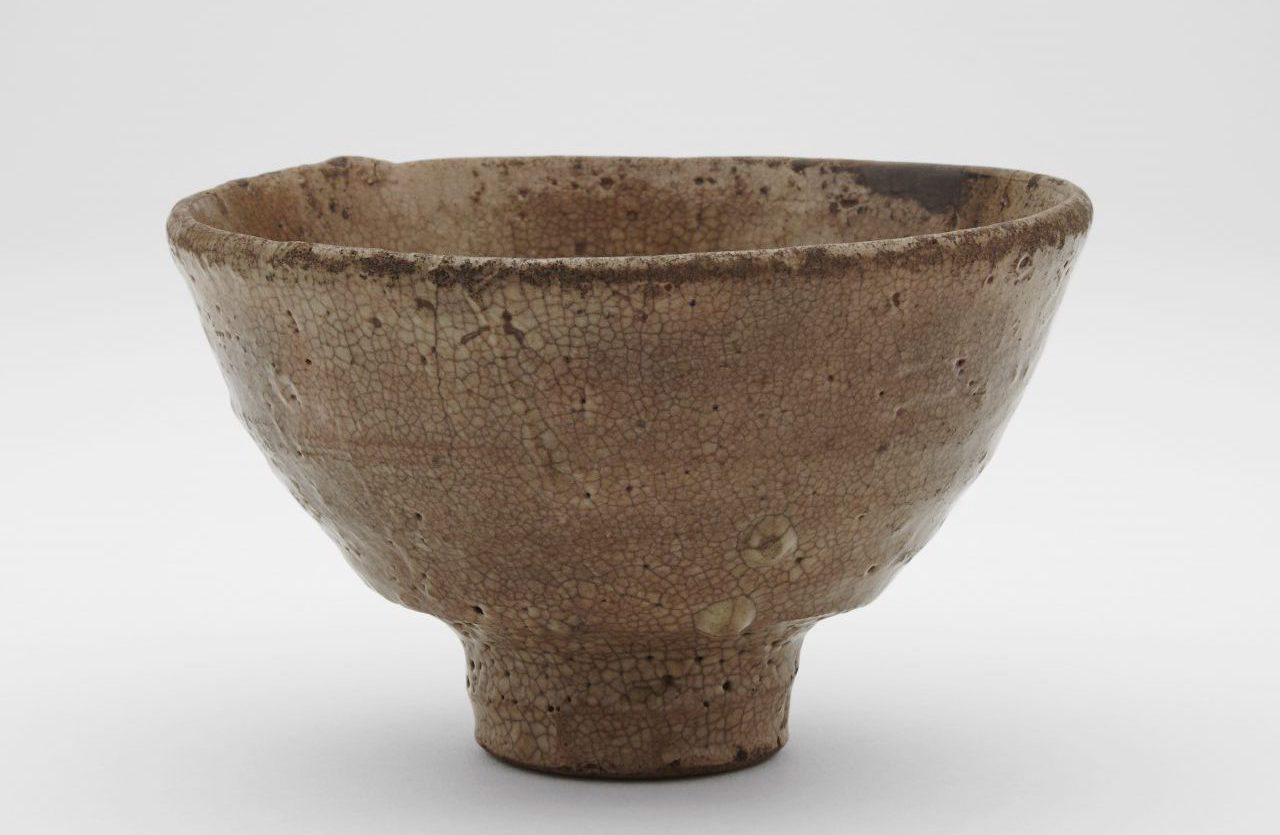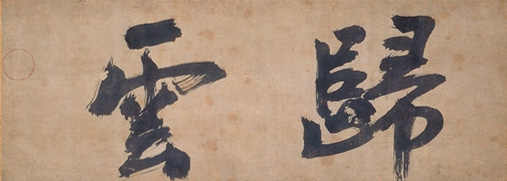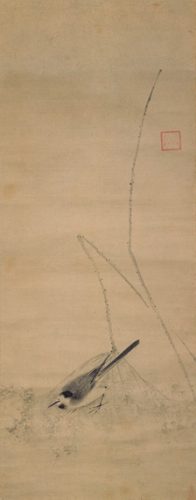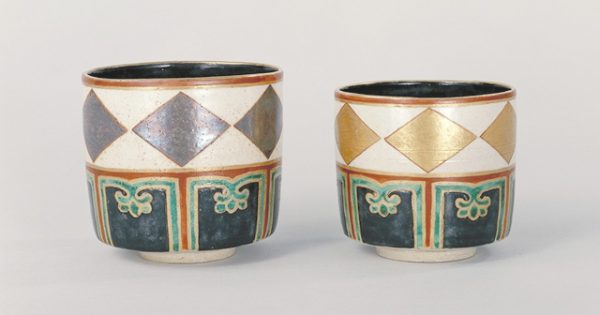所蔵 茶の湯の道具

12世紀に中国より日本に伝えられ禅林に広まった喫茶の風習は、室町時代になると、中国より舶来した唐物を愛好する茶として権威者たちの間に流行しました。15世紀末には、珠光が草庵の侘び茶を唱え、その茶風は堺の豪商武野紹鴎により町衆らに浸透し、千利休によって大成されます。茶人らは、伝統を継承する一方、自己の美意識にかなった新しい道具を創造し、茶の湯は、建築、造園、料理、生け花など幅広い分野に影響を与えながら、日本文化を象徴する総合芸術として昇華してきました。
本展では、MOA美術館所蔵の茶道具コレクションを厳選して取り合わせ、茶道具の使い方や茶人の好みについて紹介しつつ、茶の湯の魅力に迫ります。
主な展示作品

無準師範墨跡 「帰雲」 二大字
無準師範

宗峰妙超墨跡 秋風偈
宗峰妙超

蓮に鶺鴒・葦に翡翠図
伝 牧谿

鷺図
梁楷

唐物箆目肩衝茶入 大名物

志野木瓜香合

黒楽茶碗 銘 あやめ
長次郎

色絵金銀菱文重茶碗
野々村仁清